Changing up your look is made easier once you know what to look for. Tapers and fades are two of the most popular haircut choices among men, especially those who are looking for an edgier look.
Since they’re fairly similar, it’s easy to get drawn into the taper vs fade confusion, but here are a few differences between the two:
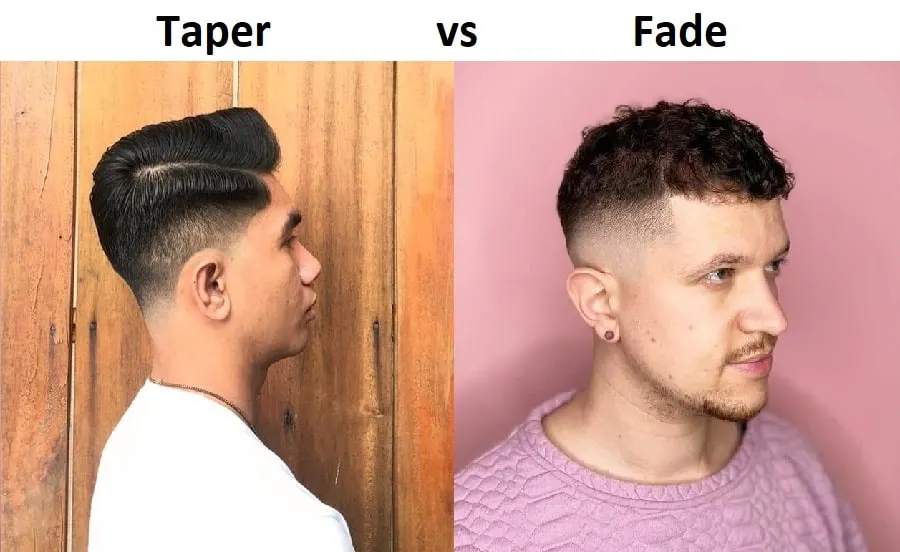
Tapers
Tapered cuts are where the hair gradually gets shorter down the back and sides of the head. In a normal taper haircut, the top is left about 2-4 inches long while the rest of the hair is cut shorter.
The main difference between a taper and a fade is that a taper involves a subtle decrease in hair length without necessarily blending into the skin, while a fade features a more dramatic transition, often down to the skin.
Both men and women often prefer tapered haircuts over fades because they don’t require cutting the hair as short.
You can find both men and women rocking more so than fades since you don’t have to cut as much hair off.
It is important to have a good idea of what type of look you’re trying to achieve when deciding between a taper or fade. Here are a few of the most popular ways to sport a tapered cut:
Classic Tapers
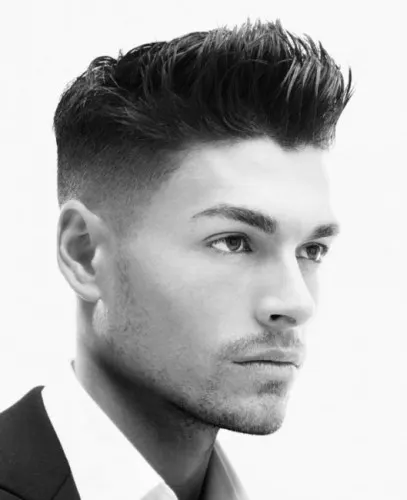
Classic tapers feature longer hair at the crown and top of the head which gradually tapers as it extends down to the sides and back of the head.
Side Part Tapers
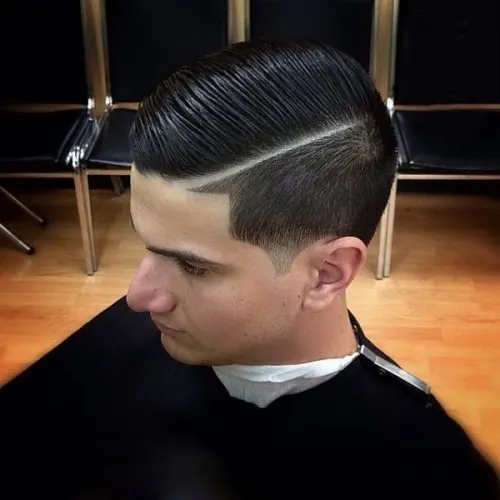
Side part tapers feature a prominent side part where the hair is thick at the part and gradually thins out as you extend down to the ear. This style is a great way to add some edge to a professional look and is very popular among business-type men.
Our favorite taper fade haircuts for black guys
Short Tapers

Short tapers are generally 1in of hair and lower that tapers down toward the ear. This style is perfect for those who aren’t interested in leaving a substantial amount of hair at the top.
Long Tapers

Long taper haircuts feature hair that is longer at the top and shorter around the sides, but not short enough to see the scalp. This tapered style is popular among those who want to go short, but don’t want to commit to cutting the sides very low.
Faint tapers
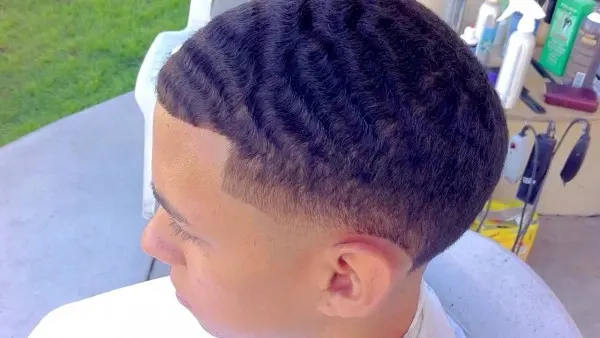
Faint tapers are seemingly the same length, but a faint tapered effect is seen around the temples and ears. If you’re someone who wants to try the tapered look but doesn’t want it to be too dramatic, then this is the perfect style for you.
Long crown
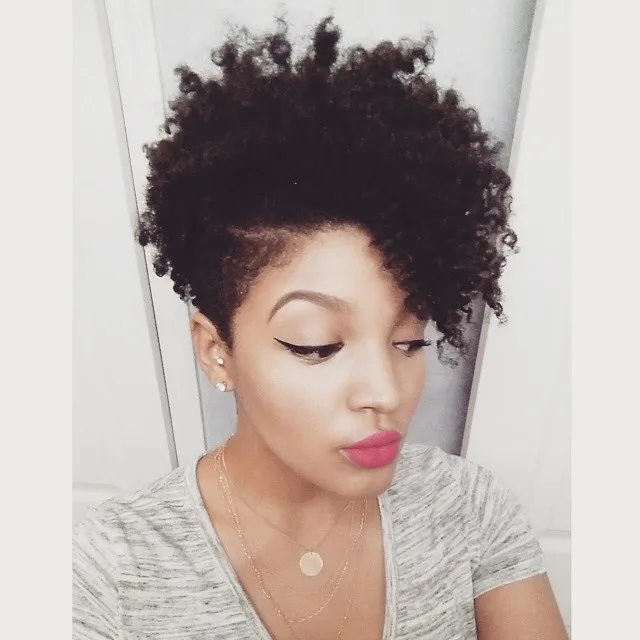
This is another tapered style that features a very long crown area and short sides.
Video on Taper Vs. Fade
Fades
Fade haircuts can best be described as having no hair at the sides and back of the head, but graduating into more hair as you move to the top of the head.
A fade haircut is actually a form of tapering the hair, but the hair is cut drastically lower than a regular taper. Many barbers tend to bald the hair around the sides and back of the head beforehand and taper the cut so that it gradually gets thicker as it extends to the top of the head giving it the “faded” look.
While most fades are cut relatively short, the top can be left long like a classic tapered cut. There are a few different types of fades, but the most popular variations include either a high fade, mid fade or a low fade.
High Fades usually fade away completely within at least 2 inches from the top of the head.
Mid fades are cut close to the scalp at the bottom near the hairline, up to the occipital bone, and begin getting longer halfway up the head.
Low Fades features a taper cut that gradually extends down the sides and back of the head, and fades completely at the nape and right above the ears. Here are a few other fade styles to keep in mind:
Bald Fades

Bald fade cuts actually taper down from the top and the hair around the perimeter of the sides and back of the head is completely shaved off.
Temp Fades
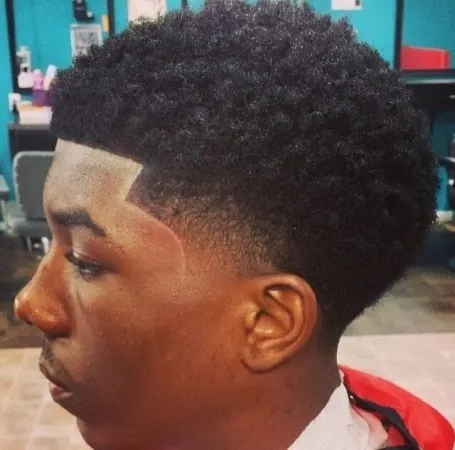
Temp fades are thinned out around the temples, hence the name. This is perfect for those who are looking to try out a fade without dramatically thinning out a significant amount of hair.
Disconnected Undercut Fade
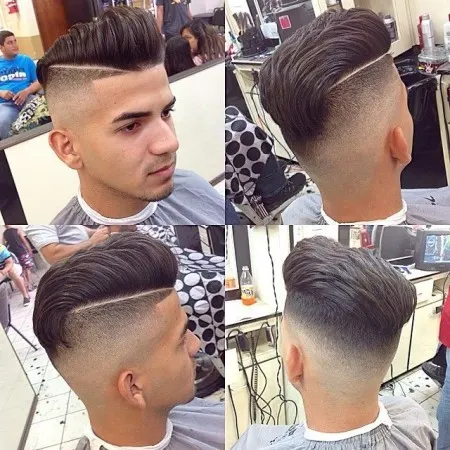
Disconnected Undercut Fade hairstyles features longer hair on the top with an immediate disconnect where instead of a gradual fade.
Typically the sides are dramatically shorter in length than the top, giving it a shorter amount of tapering.
Faux Hawk Fade

Faux Hawk Fade features longer hair up the middle of the head, like a Mohawk, but instead of the sides being shaven, they are gradually tapered down into a fade.
High Top Fade
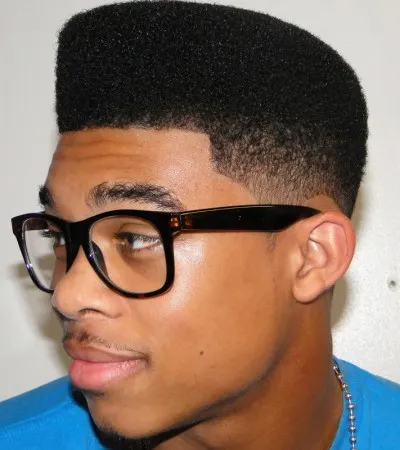
High Top Fade features a box cut at the very top of the head which fades down around the entire perimeter of the head. The hair around the perimeter can either be tapered gradually or significantly.
Made popular by Hip-Hop group Kid n Play, the high top fade was a signature style during the 80s and early 90s but has made its way back into the style of hipsters and teens alike.
Side Part Taper Fade
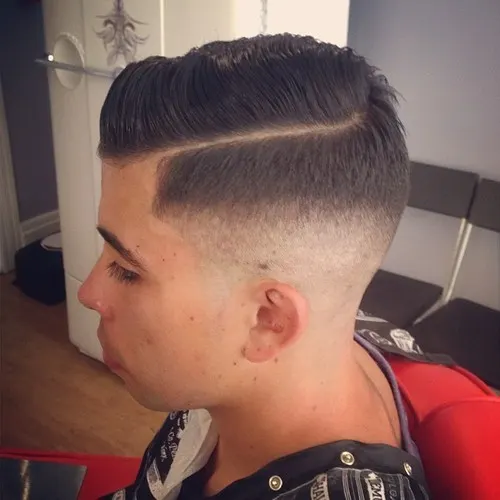
This style features a very prominent side part that tapers into a fade.
Watch this video tutorial to understand how a high taper fade is done:
FAQs
It depends on your style. If you have more of a conventional personality, a taper is for you. If you like to draw attention to your style and it’s edgier, a fade is probably more up your alley.
No.
So it’s not a real haircut. A taper fade is just the style of gradually fading on the sides.
Too many to count. Tapers can be done in many different ways to express the individuality of the wearer.
Long, short, medium, parted, deep-parted, drop, etc, the list goes on.
Just say you’d like a fade. But be particular, you would like a part “here” and so on. It’s always best to bring a photograph when you ask a professional for a haircut.
It depends on your face shape. In general tapered hair makes an oblong face look longer and suits the best for people with oval face shapes.
A fade lasts about two to three weeks.
A taper lasts twice as long as a fade, so four to six weeks.
The difference between a taper fade and a fade lies in the blending and length: a taper fade combines elements of both, with a subtle tapering of hair length that gradually fades into the skin, while a fade is more drastic, with a sharper transition to very short or skin-level hair.
Yes and no. Tapered hair becomes gradually shorter toward one end but it is not necessary to fade into the skin. So based on the length at the end, it could be a type of fade or not.
A drop fade gradually lowers towards the back and front. So you’ll have hair coming down the back instead of it being cut sharp. The front will be neat with the hair slightly shorter than the crown.
This is when most of the hair is up top and the sides and back have a high fade. So unlike the drop fade, there is no hair growing down the back.
Hope you now understand the key differences between taper vs fade haircuts that’ll help you choose the best option.
